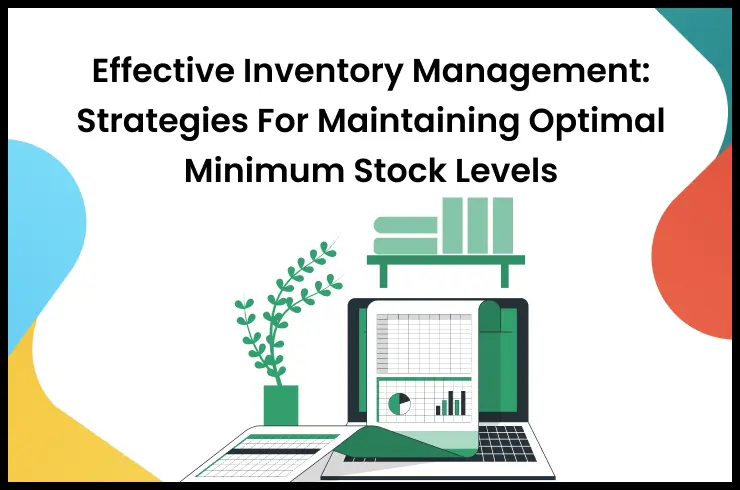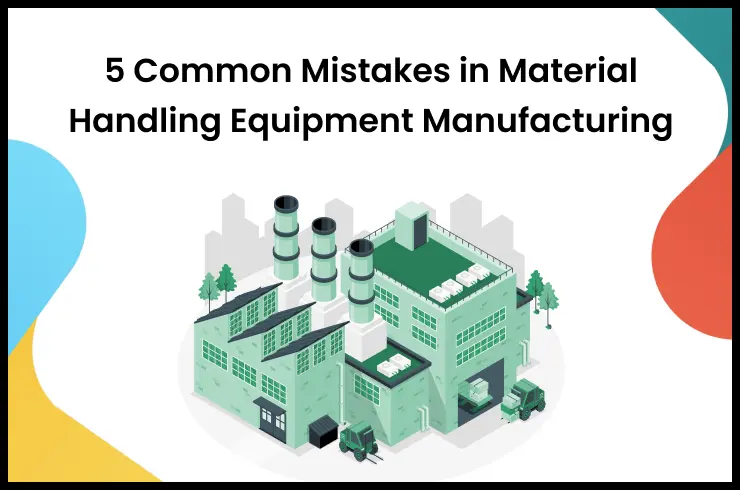Production rate, a significant aspect in manufacturing, building, and project management, shows how quickly products are produced, services are provided, or activities are finished within a given time frame.
It is a key indicator of performance and productivity and is expressed in units per hour, day, or other predefined periods. Businesses looking to optimize processes cut costs, and increase output must understand the concept of production rate and its calculating method.
In this article, we will see everything related to production rate, its calculation, and how it affects the company's supply chain management.
What Is the Production Rate?
The production rate in manufacturing is the number of things produced over time. In addition, the production rate is also the time required to create one unit of a good.
The production rate in the manufacturing sector refers to the number of units of a product that a manufacturing process or production system can produce within a specific period. It is typically measured as the quantity of goods manufactured per hour, day, week, month, or any other relevant time frame. The production rate is a key indicator for manufacturers as it helps measure the productivity and capacity of their production processes.
In simple words, production rate measures the relationship between output and time, providing valuable insights into the quality and speed of manufacturing processes.
Understanding Production Rate
Businesses frequently aim for high production rates to save the time and expense of a project or the production process. However, if mistakes are made as workers rush to finish more work or more units, a higher production rate could also result in a drop in quality. Therefore, even though the production process might be quick, there is a point where it can result in a decline in quality, which would lead to increased costs.
On the other hand, the production rate will probably decrease if there is not enough skilled labor or appropriate employee training to complete the production activity.
Any operation's output rate might be impacted by external factors as well. For instance, the production pace may slow or stop if a key source of raw materials becomes unavailable or used in large quantities.
Quality Control
To boost the production rate, management may examine the production aspects, like machinery, quality control, inventory management, etc., to identify areas where errors or slowdowns occur.
Testing the product's features to see if it meets a set of criteria is known as quality control. Additionally, QC aims to improve the procedure and set up guidelines for how it should be carried out.
To avoid errors and the possibility of employees performing a task for which they are not trained, QC might, for instance, restrict a section of the process to those employees who have received specialized training.
The production process can run more smoothly and contribute to increasing the overall production rate with fewer errors and, eventually, less downtime in the process to repair the problems.
Production Rate Example
Let's imagine, for instance, that employees at a manufacturing facility can create 5,000 units every week with 50 hours of work. So, after subtracting any defective items, the output rate per hour would be 100 units (5,000 / 50 hours).
So, a starting point for comparison could be the production rate of 100 units per hour. Therefore, management and QA (quality assurance team) may keep an eye on whether the hourly production rate and the number of faults rise or fall compared to 100 units per hour as the business makes adjustments and improvements.
Production Rate Formula
The production rate formula for a process with a known defect looks like this:
Rp = Rmax (1-Rd)
In this equation, Rp stands for production rate, Rmax for maximum production rate, and Rd for defect rate.
Let's take an example of hard drive manufacturing:
The production rate calculation will appear as follows if the hard drive manufacturing process has a defect rate of 5%:
Rp = 10(1-0.05) = 10(0.95) = 9.5
This means, 9.5 hard discs would be produced per hour on average during the manufacturing process.
How to Use the Production Rate Formula?
Using the production rate formula is a simple way to measure and manage productivity across manufacturing industries. Here's how to use it:
- Identify the key variables. You'll need to know the total output (units or work) and the time to achieve that output.
- Choose the timeframe you want to measure, whether it's hours, days, weeks, or any other relevant unit.
- Use the formula: Production Rate = Total Output / Time.
- Calculate the production rate and interpret the value obtained. It represents the rate at which units are produced, or work is completed within the chosen timeframe.
- Compare production rates over time or across different processes to identify areas for improvement.
Boost Your Production Time With TranZact
The importance of a high production rate in manufacturing sectors cannot be overlooked. Companies can maximize their potential, increase productivity, and keep up with the competition by working with TranZact's production management software and adopting industry best practices. Ultimately, success and happy customers depend on a production rate that is well-managed.
FAQs on Production Rate
1. Why is production rate important in manufacturing?
The production rate is a key indicator of manufacturing industry performance, income, and output. It helps with budgeting, planning, evaluating, and delivering to customers on schedule. High production rates indicate a successful manufacturing operation since they can lead to decreased per-unit expenses and increased profits.
2. What factors can affect the production rate in a manufacturing facility?
- Equipment Quality
- Worker skills
- Quality of processes
- Availability of inputs
- Upkeep and quality control
are only a few of the factors that affect manufacturing throughput or output. These variables need careful management to keep output steady and boost overall production.
3. How can I improve the production rate of my business?
You can improve the production rate of your business by:
- Using process modifications
- Adopting new technologies
- Employee education
- Optimal maintenance
- Improved quality control
- Data analysis
- Supply chain improvementAutomation, etc.















